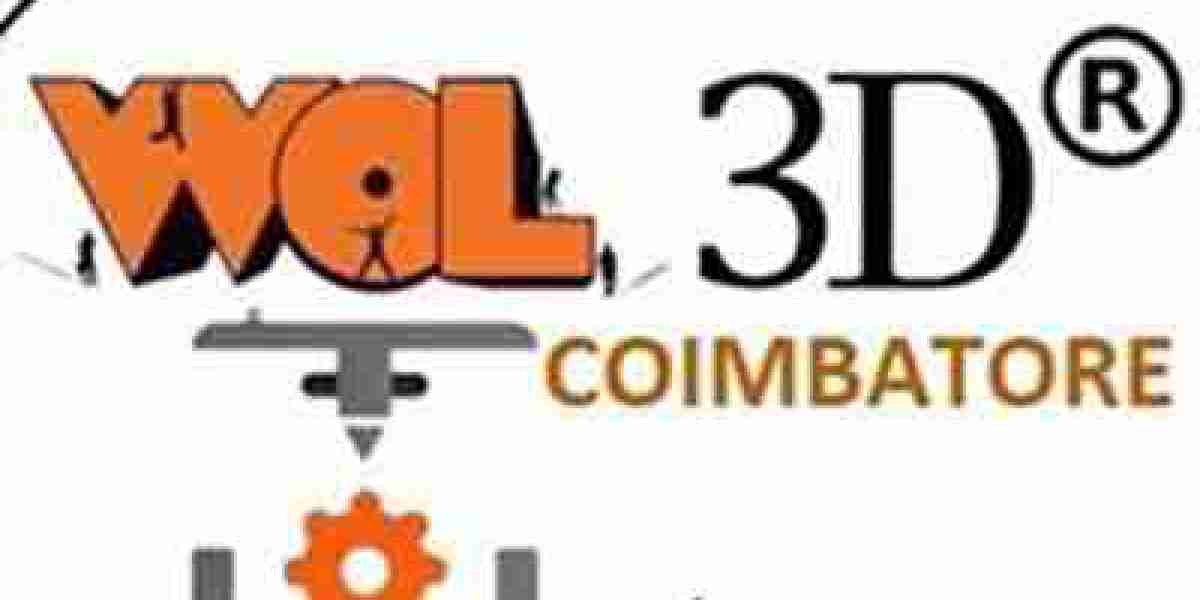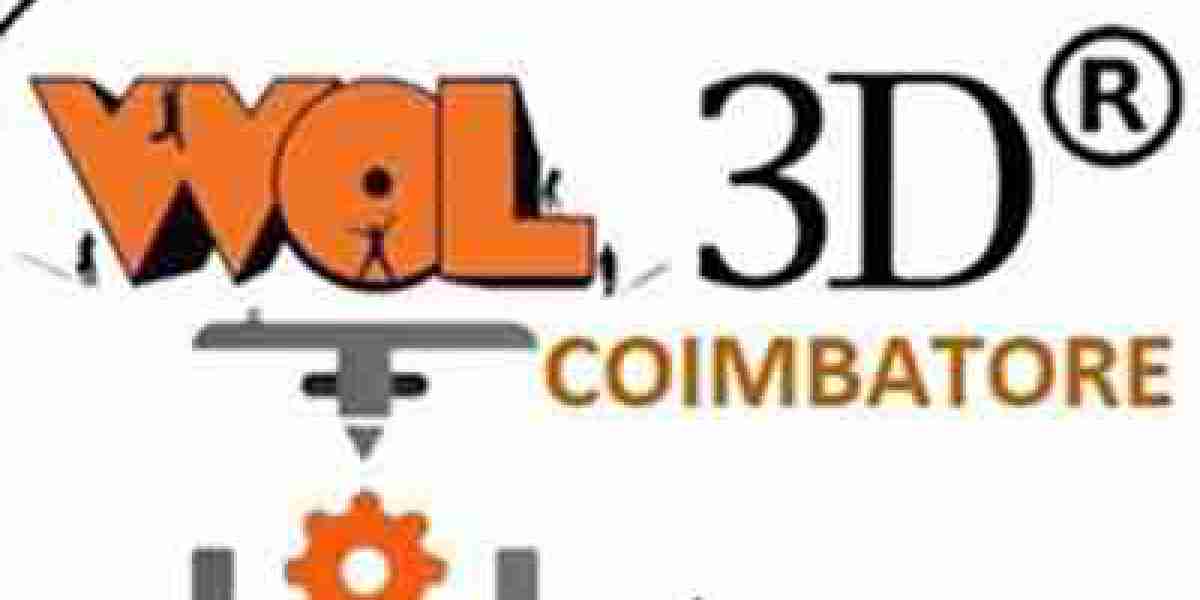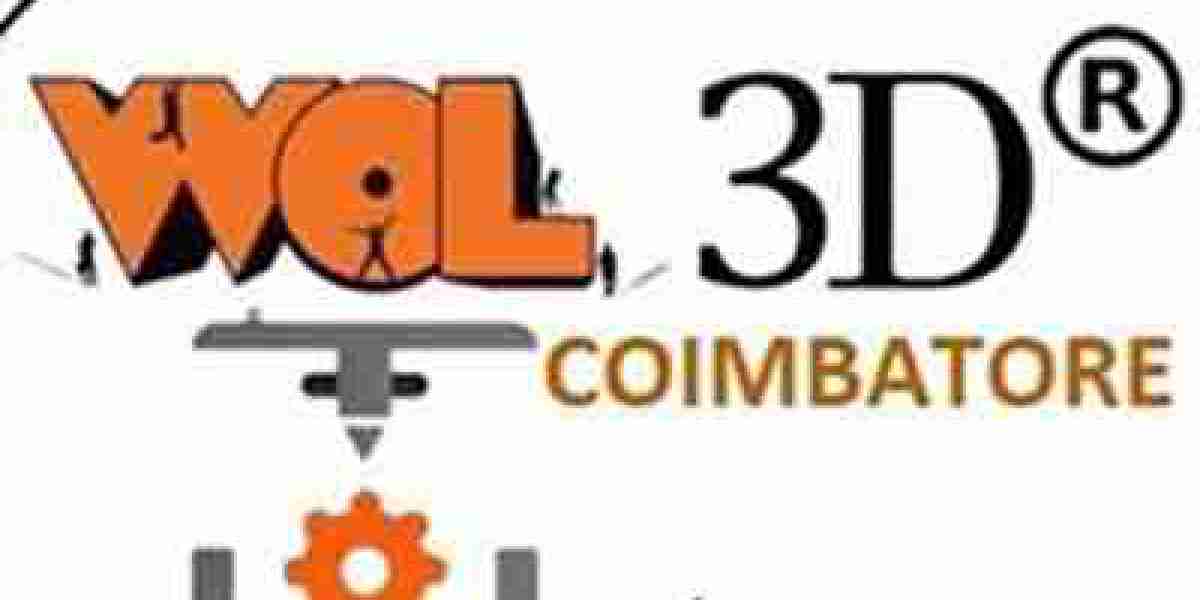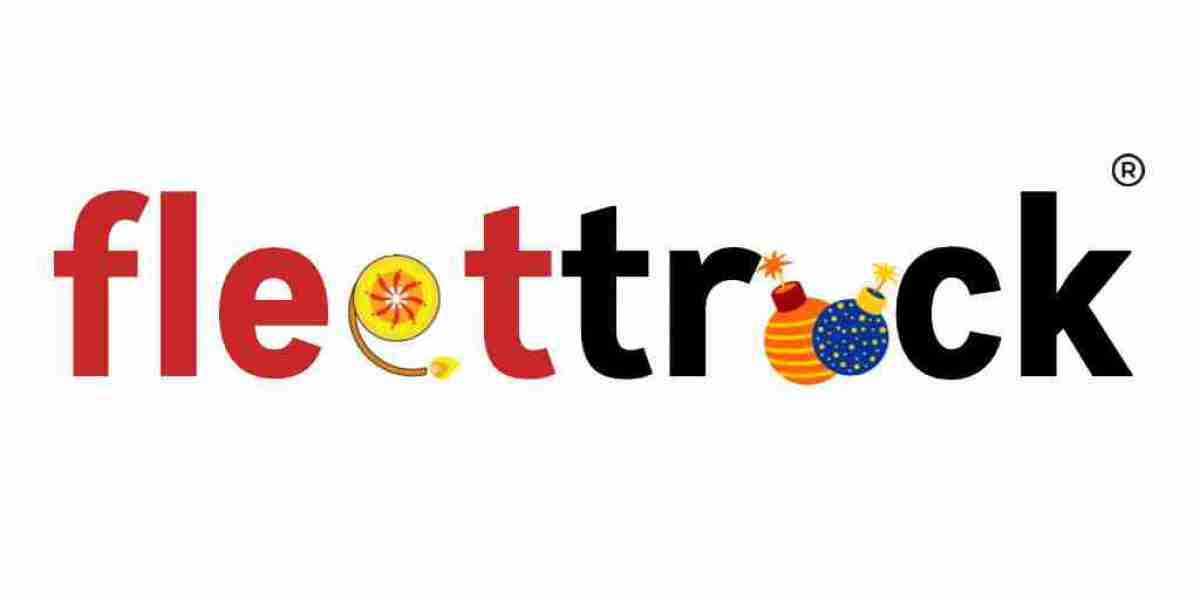As a writer and researcher focusing on industrial components and their applications, I often explore the technological advancements that enhance performance and reliability across manufacturing and logistics sectors. One such advancement that has significantly influenced tracking accuracy in various systems is the use of Polyurethane V-Groove rollers. These components may appear simple at first glance, but their strategic design and robust material composition offer numerous advantages that improve efficiency and reduce long-term operational challenges.
In this article, I’ll explore the top benefits of these specialized rollers, highlighting why they have become a preferred choice in demanding industrial environments where precision and durability are paramount.
1. Superior Tracking and Alignment
The V-groove design is engineered to maintain precise alignment on track systems. This feature ensures consistent linear motion, particularly in applications where misalignment can cause mechanical failure or product damage. The shape of the groove fits securely onto rails or tracks, allowing the rollers to guide equipment or machinery with minimal lateral deviation. This precision is essential in conveyor systems, automated guided vehicles (AGVs), and gantry cranes, where exact movement is non-negotiable.
Polyurethane, as a material, complements this function by providing a firm yet slightly flexible grip, which helps absorb minor surface inconsistencies without compromising the alignment. The combination of geometry and material science thus creates an ideal solution for tracking-critical applications.
2. Enhanced Load Distribution
Polyurethane’s elastic properties allow it to deform slightly under load, thereby spreading the pressure evenly across the contact surface. This is particularly beneficial when moving heavy loads over metal tracks or uneven surfaces. The V-groove roller’s profile further aids in stabilizing weight distribution along the axis of movement, reducing point load stress and extending the life of both the roller and the track.
In heavy-duty manufacturing and material handling environments, this translates into fewer maintenance disruptions and a noticeable reduction in wear and tear.
3. Noise Reduction in Operation
A recurring challenge in industrial settings is managing noise levels, especially in automated or high-speed operations. Metal rollers or hard plastic alternatives often generate significant noise when rolling over tracks. Polyurethane helps mitigate this issue by absorbing vibrations and cushioning contact with the track surface.
As a writer who frequently interviews field engineers and production managers, I’ve noted a growing preference for quieter components that improve the working environment without sacrificing performance. The implementation of V-groove rollers made from polyurethane has proven to reduce decibel levels noticeably, contributing to compliance with workplace safety standards.
4. Resistance to Corrosion and Chemical Exposure
Another noteworthy advantage is the material’s ability to resist corrosion, moisture, and a broad range of chemicals. Unlike steel rollers, which may rust over time, or rubber options that degrade when exposed to oils and solvents, polyurethane maintains its structural integrity under various conditions. This makes these rollers ideal for food processing plants, pharmaceutical facilities, and other industries where exposure to cleaning agents or reactive chemicals is routine.
Moreover, polyurethane does not absorb water, ensuring dimensional stability even in high-humidity environments—a critical factor in ensuring precision tracking over time.
5. Longer Lifespan and Cost Efficiency
Durability is a key consideration in any industrial investment. Polyurethane V-Groove rollers are specifically engineered to outlast many conventional materials, offering an impressive balance of toughness and flexibility. Their ability to withstand abrasion, impact, and dynamic loads translates into fewer replacements and lower total ownership costs.
In a recent market review I conducted as part of a broader research piece on industrial mobility solutions, manufacturers consistently reported extended service intervals when using these rollers. The initial investment may be slightly higher than for basic steel or plastic alternatives, but the reduced downtime and maintenance more than make up for the cost difference.
6. Versatility Across Applications
These rollers are not limited to one specific niche. They find widespread use in industries ranging from automotive assembly lines to aerospace fabrication. Their design accommodates systems requiring tight tolerances and repeatable movements. Whether supporting precision instruments or transporting bulk materials, they maintain consistent performance.
The ability to customize the roller diameter, groove dimensions, and polyurethane durometer rating makes them adaptable for unique project requirements. This level of flexibility empowers engineers to incorporate them into both standardized and highly specialized machinery with confidence.
7. Protection of Surfaces and Tracks
Because polyurethane is non-marking and gentle on metal or coated surfaces, it protects expensive tracks and guide systems from damage. This protection is especially important in applications where clean-room conditions are required, or where visible wear could impact product quality or machinery calibration.
As someone who researches the intersection of material technology and industrial efficiency, I’ve found that damage prevention is often underestimated in cost analysis. The use of non-abrasive rollers like these helps facilities avoid the hidden costs of premature track failure and aesthetic surface damage.
8. Support for Automated Systems
With the growing reliance on automation and robotics in modern industry, the demand for precision motion components is higher than ever. Polyurethane V-Groove rollers support the mechanical accuracy and consistency required in automated processes. Their low rolling resistance and accurate tracking allow systems to run longer and more efficiently without intervention.
In speaking with automation specialists, a common theme is the need for components that “just work”—day in and day out, with minimal adjustment or maintenance. These rollers align perfectly with that requirement, contributing to system uptime and reducing human oversight.
Final Thoughts
From the standpoint of a writer deeply engaged in industrial innovation, it is clear that polyurethane V-Groove rollers offer substantial benefits for operations that demand precision, reliability, and longevity. Their thoughtful design and material composition address some of the most pressing challenges in manufacturing and logistics—from alignment accuracy to environmental resistance.
While the technology may not always receive the spotlight it deserves, those involved in process design and equipment specification understand the critical role these components play. As industries continue to push the boundaries of efficiency and automation, components like these will remain foundational to their success.
Whether you're an engineer, procurement manager, or systems designer, considering these rollers in your next project might just be the key to achieving smoother, more consistent, and more cost-effective performance.













